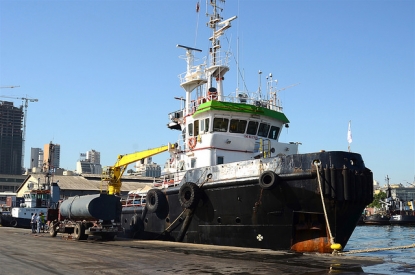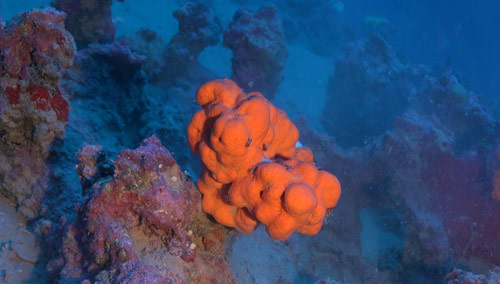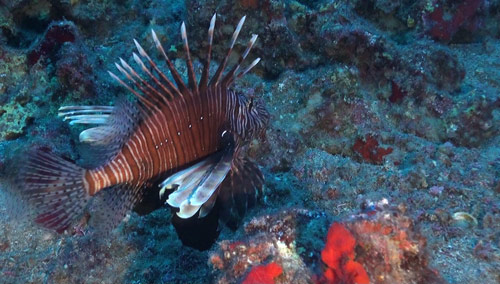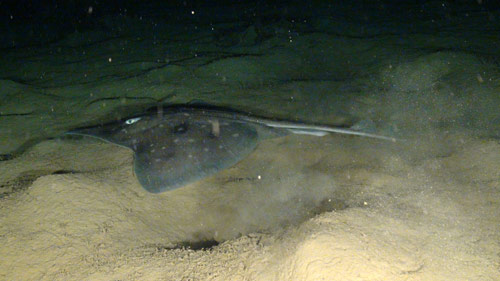Search
11/16 : Rare species found during Deep-Sea Lebanon Project first-ever surveys of submarine canyons
Scientists explored areas up to 1050 metres deep and found over 200 species, including Atlantic and even polar ones
The Deep-Sea Lebanon Project has concluded a one-month deep-sea expedition, in previously unstudied areas in Lebanon. In total, Oceana and Lebanese scientists documented more than 200 species, including new records for the Mediterranean Sea that had only previously been found in the Atlantic Ocean and in polar regions.
The project is based on a request by the Ministry of Environment, in line with its Marine Protected Areas strategy. This project relies on scientific data collected, compiled and analyzed by project partners Oceana, IUCN and UNEP/MAP-RAC/SPA, representatives from the Ministry of Environment with the support of CNRS-L (scientific partner), GFCM and ACCOBAMS, and funded by MAVA Foundation.
The expedition deployed a remotely operated vehicle (ROV) – an underwater robot – that surveyed areas down to 1050 metres depth. There, scientists focused research in a system of submarine canyons that is believed to be the most complex one in the Mediterranean, as well as in other deep-sea areas. The findings will be used to map potential marine protected area (MPA).
|
|
|
|
|
From left to right: Sponge filmed at 77 metres depth. Lionfish (Pterois volitans, invasive species) on coralligenous bed. Longnosed skate (first record in the Levantine Sea). © OCEANA |
||
The expedition has shown that Lebanon hosts unique marine features deserving protection. Among these, Oceana scientists were impressed by a superb belt of coralligenous gardens discovered at 80 metres depth, beautiful corals, and a huge variety of sponges. Some fish species came as a surprise as well –longnosed skate (Dipturus oxyrinchus) was seen for the first time in the Levantine Sea, and observations of lantern shark (Etmopterus pusillus) marked the first record of this species in the Mediterranean. These preliminary findings have just been shared with Lebanese authorities.
Editor's Note:
The Deep Sea Lebanon Project, launched in 2016, was undertaken following a request for partnership sent from the Lebanese Ministry of Environment in order to carry out biodiversity field surveys in the deep sea in Lebanon, following the adoption by the Lebanese Government of the Lebanon’s Marine Protected Areas Strategy in 2012, in which four sites in the deep sea were identified as potential MPAs and needed further scientific studies for their declaration.
The Lebanese Strategy aimed to create a national network of marine protected areas, in order to fulfil Lebanon’s commitments towards the Convention on Biological Diversity (CBD) and to specifically contribute to the achievement of the CBD Aichi target 11, aiming at the protection of at least of 10% of marine eco-regions in the world by 2020.
See more pictures and videos from the Lebanon expedition
Source : http://bit.ly/2goeCJL







Find Us On...